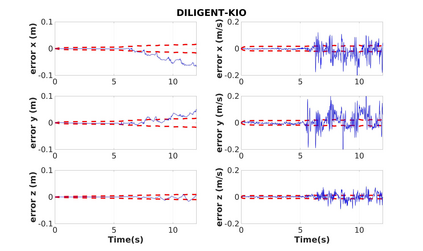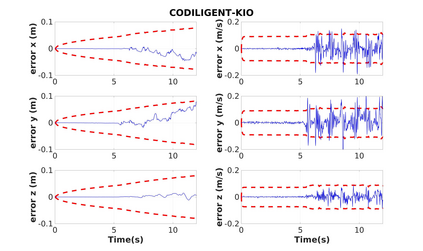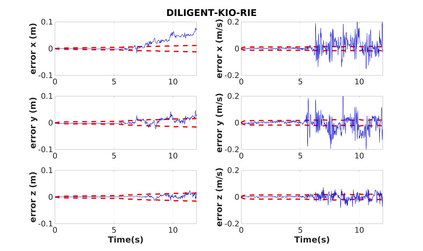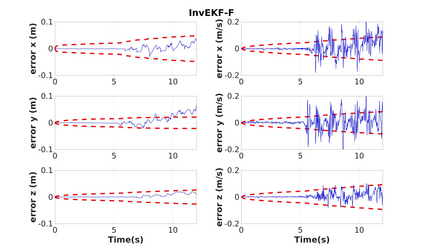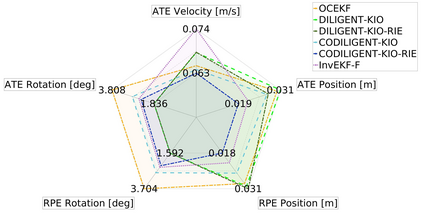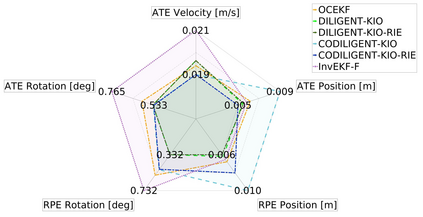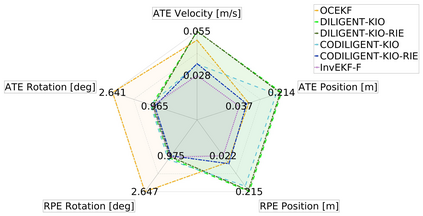Extended Kalman filtering is a common approach to achieve floating base estimation of a humanoid robot. These filters rely on measurements from an Inertial Measurement Unit (IMU) and relative forward kinematics for estimating the base position-and-orientation and its linear velocity along with the augmented states of feet position-and-orientation, thus giving them their name, flat-foot filters. However, the availability of only partial measurements often poses the question of consistency in the filter design. In this paper, we perform an experimental comparison of state-of-the-art flat-foot filters based on the representation choice of state, observation, matrix Lie group error and system dynamics evaluated for filter consistency and trajectory errors. The comparison is performed over simulated and real-world experiments conducted on the iCub humanoid platform.
翻译:Kalman 扩展过滤是一种常见的方法,可以实现对人造机器人的浮动基数估计。这些过滤器依靠惰性测量单位(IMU)的测量和相对前向动力学来估计基位置和方向及其线性速度,同时估计脚的位置和方向及其线性速度,同时提高脚的姿势和方向状态,从而给他们取名和扁脚过滤器。然而,仅提供部分测量往往造成过滤器设计的一致性问题。在本文中,我们根据对过滤器一致性和轨迹错误进行评估的表示选择、观察、矩阵 Lie组错误和系统动态,对最先进的扁脚过滤器进行实验性比较。比较是在iCub人类平台上进行的模拟和现实世界实验。

